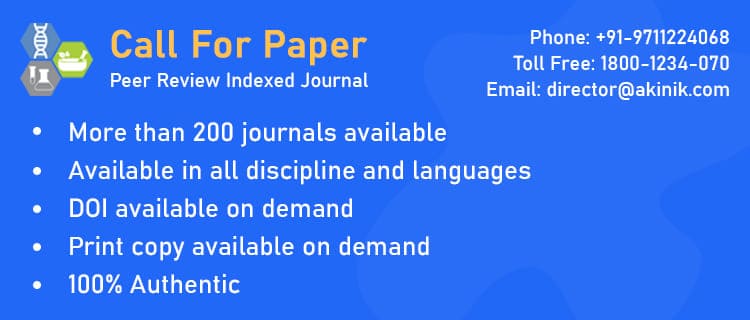- Printed Journal
- Indexed Journal
- Refereed Journal
- Peer Reviewed Journal

Peer Reviewed Journal
Journal of Pharmacognosy and Phytochemistry
Vol. 8, Issue 2 (2019)
Sugarcane bagasse: Foreseeable biomass of bioâ€products and biofuel: An overview
Author(s):
Kavindra Singh, Ravi Kumar, Vipul Chaudhary, Vaishali, Sunil, Ankur Mahendra Arya and Shilpa Sharma
Abstract:
Depleted supplies of fossil fuel, regular price hikes of gasoline, and environmental damage have necessitated the search for economic and eco-benign alternative of gasoline. Ethanol is produced from food/feed-based substrates (grains, sugars, and molasses), and its application as an energy source does not seem fit for long term due to the increasing fuel, food, feed, and other needs. Sugarcane is among the principal agricultural crops cultivated in tropical countries. The dry pulpy fibrous residue that remains after crush of sugarcane stalks is called Bagasse. It is Agroindustrial solid wastes which accumulated each day, causing big environmental problems. Sugarcane residues, particularly sugarcane bagasse (SB) and leaves (SL) have been explored for both biotechnological and non-biotechnological applications. For the last three decades, SB and SL have been explored for use in lignocellulosic bioconversion, which offers opportunities for the economic utilization of residual substrates in the production of bioethanol and value-added commercial products such as xylitol, specialty enzymes, organic acids, single-cell protein, etc. However, there are still major technological and economic challenges to be addressed in the development of bio-based commercial processes utilizing SB and SL as raw substrates. This article aims to explore SB and SL as cheaper sources of carbohydrates in the developing world for their industrial implications, their use in commercial products including commercial evaluation, and their potential to advance sustainable bio-based fuel systems.
Pages: 2356-2360 | 3108 Views 1641 Downloads
How to cite this article:
Kavindra Singh, Ravi Kumar, Vipul Chaudhary, Vaishali, Sunil, Ankur Mahendra Arya and Shilpa Sharma. Sugarcane bagasse: Foreseeable biomass of bioâ€products and biofuel: An overview. J Pharmacogn Phytochem
2019;8(2):2356-2360.
Related Journal Subscription
Important Links
Important Sites
Copyright © 2012 - 2025. All Rights Reserved.









